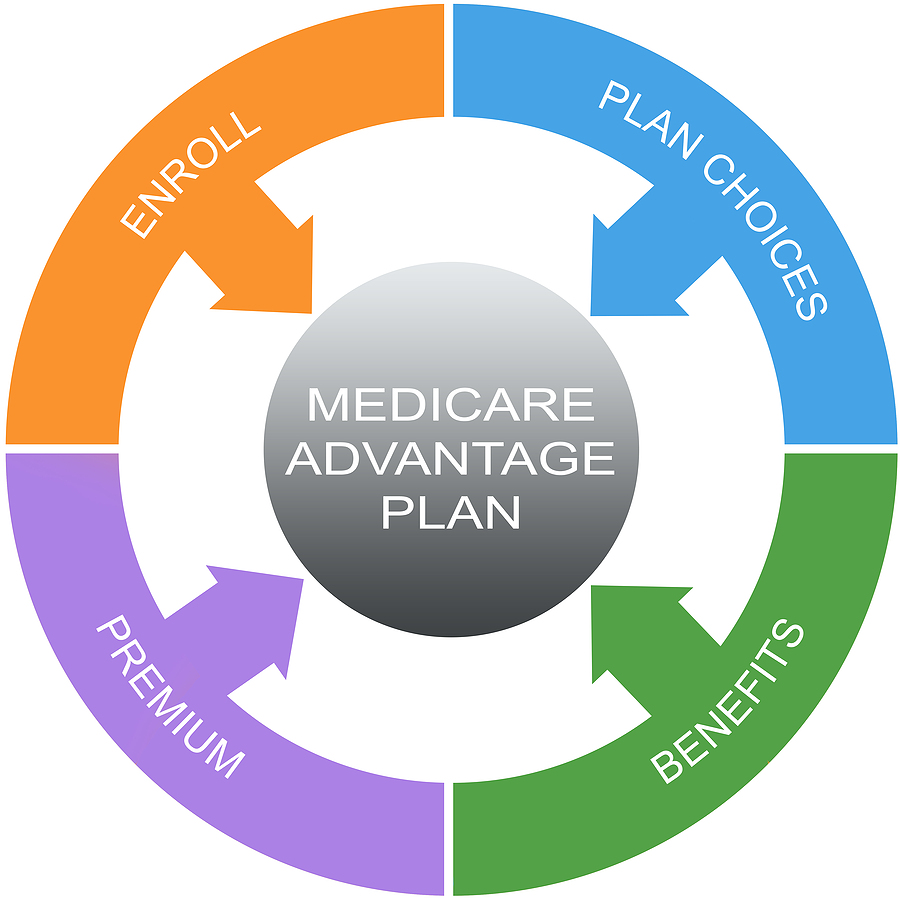Medicare provides health insurance for retirees, but it doesn’t cover everything. In fact, there’s a lot that Medicare does not cover, and many of these are health care costs that can consume a nest egg. Here are the top five healthcare costs that should be part of your retirement preparations:
Medicare and Long Term Care Costs
Long Term Care is one of the biggest budget busters for retirees. Long term care can easily cost tens of thousands of dollars a month. Medicare does offer some skilled nursing care coverage, but it’s very limited. If you are eligible, in terms of age, health and finances, buy a long-term care insurance. Sometimes a long-term health insurance policy is folded into a life insurance policy. Talk to your insurance broker—this is something you need, as much as an estate plan.
Alternative or Chiropractic Care
If your healthcare includes alternative or chiropractic care, Medicare is not yet fully evolved to pay for these services. The monthly massage that you know keeps headaches or crippling joint pain at bay is not covered, regardless of how effective it is for your well-being. There are some Medigap or Medicare Advantage plans that do cover specific kinds of alternative therapies, so do your research.
Dental and Oral Health
Medicare does not connect your healthy smile with your overall health. Despite studies that clearly demonstrate the connections between good oral health and overall health, especially cardiovascular health, Medicare is not paying for your dental treatment, unless they are “medically necessary” for you before your physician will allow you to undergo covered procedures.
But in most cases, you have to pay for your own dental care. And if you’ve ever needed a crown or root canal work, you know these procedures can cost several thousand dollars. Best to set aside some assets for dental work.
Glasses and Vision Care
The same goes for vision care. The cost of an eye exam, glasses and contact lenses must be paid by you. There are more options today than there were ten years ago (i.e., online, or big box prescription glasses and contact lenses) but it’s still an expense that you need to cover yourself.
Hearing Aids
Hearing aids are the bane of many retiree’s financial life. They are extremely expensive, and Medicare doesn’t cover the audiology exam that is needed before you can be fitted for them or the devices themselves, some of which can cost as much as $10,000. A federal law was passed in 2017 that directed the U.S. Food and Drug Administration to ease the financial barriers to purchasing a hearing aid, but the self-fitted, less expensive devices don’t work for everyone.


